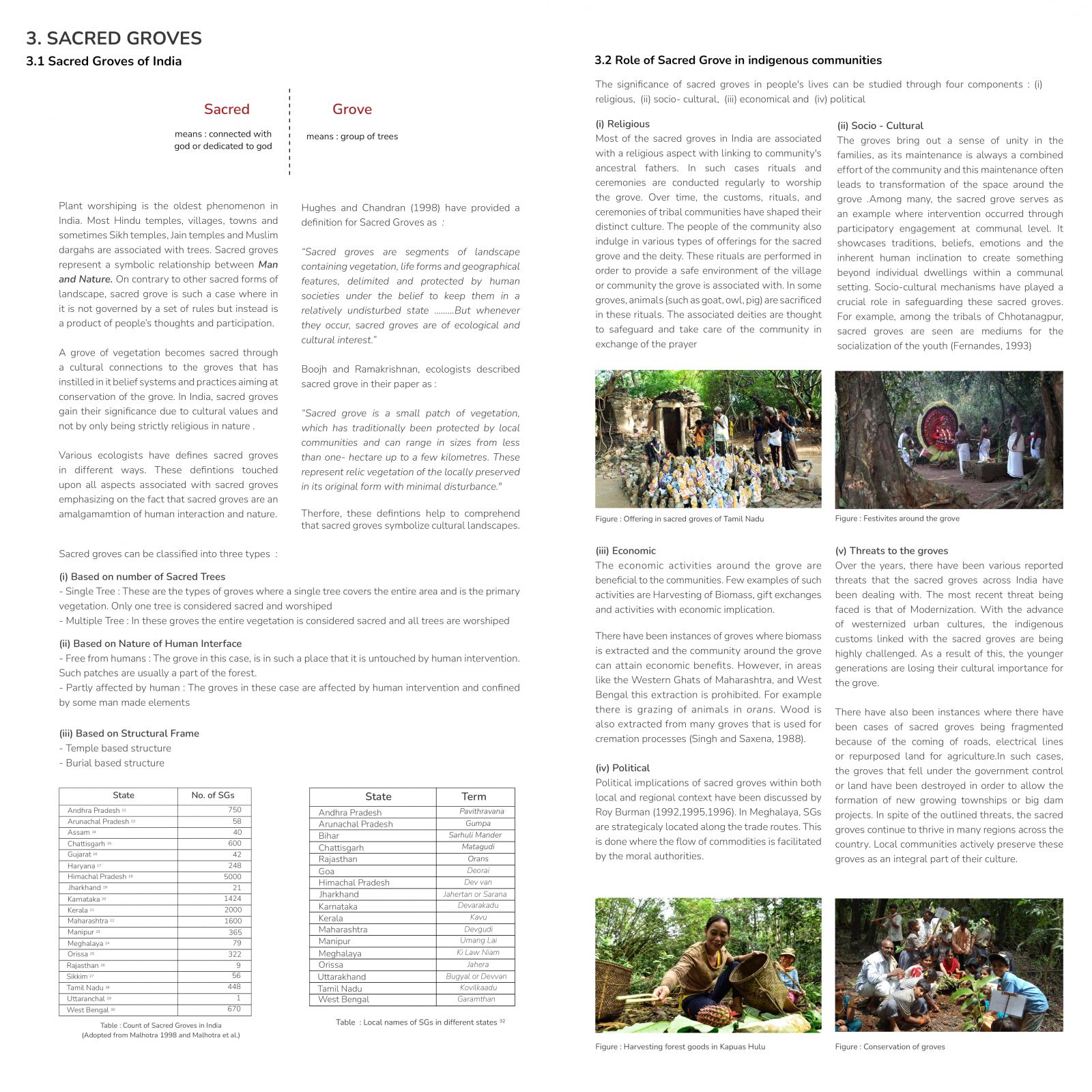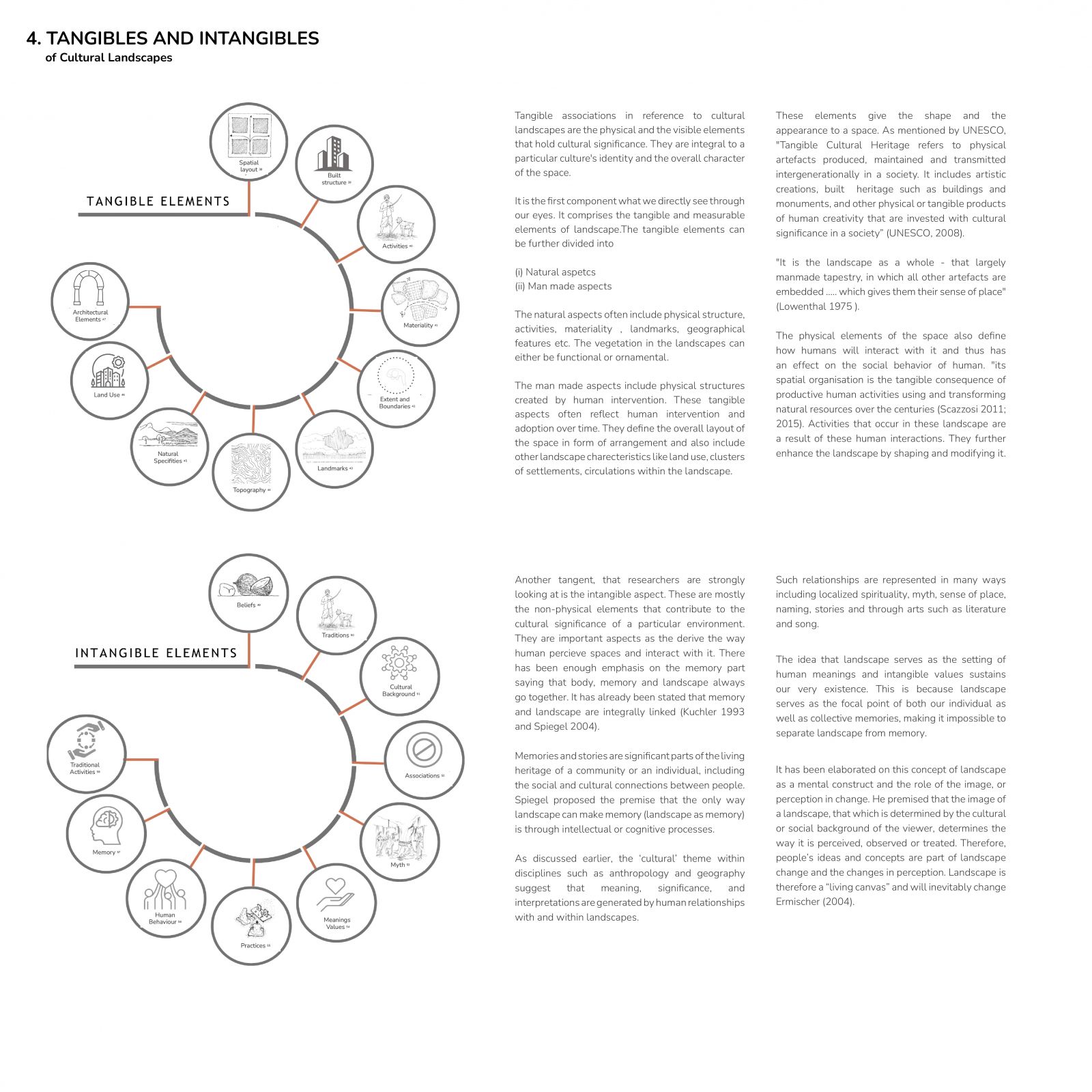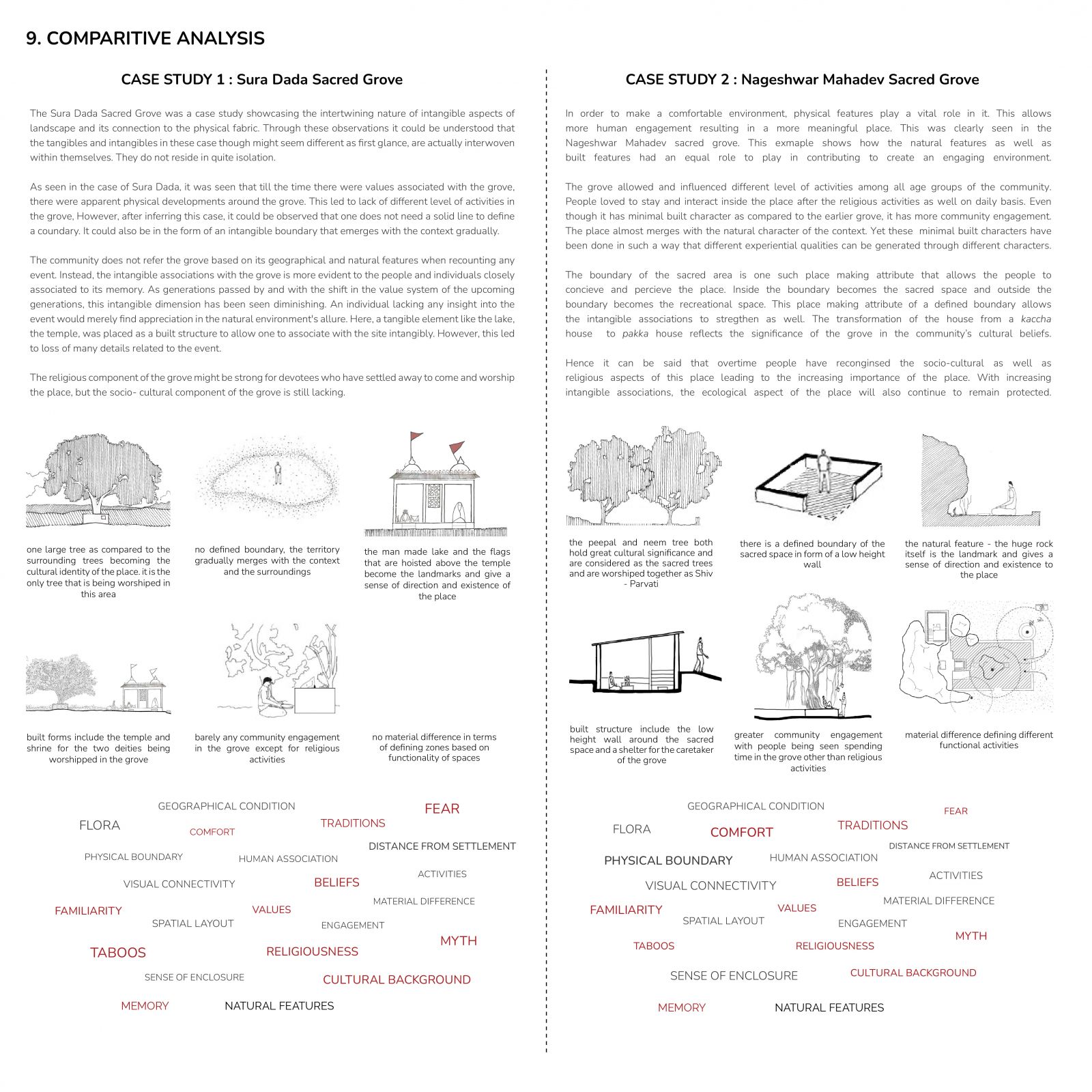Your browser is out-of-date!
For a richer surfing experience on our website, please update your browser. Update my browser now!
For a richer surfing experience on our website, please update your browser. Update my browser now!
Through history of studying landscape, there has been an emergence in the significance of human interaction and culture within a landscape. It has been recognized that these two have a close woven net of relationship. Place making is always an active and ongoing process. However, it is interesting to know how people share landscape memories and associate it with the place understanding and how do these remembrances influence the tangible presence of the space. As a result of the evolving dynamics within a particular culture, the landscape often undergoes development, as they transition through different phases over time. Such developments are also seen in areas around the Sacred Groves where, as humans participate in different activities, they employ and alter natural elements and conditions. Consequently, their actions, in turn are influenced by these changes. This dynamic relationship is studies, using the specific example of Sacred Groves. This thesis delves into the intricate relationship between such tangibles and intangibles of cultural landscapes that gives the identity to it. The research looks into two case studies the tangible and intangible elements associated with each. The idea is to explore to role of place making in architectural design within landscapes devoid of formal architectural intervention. Keywords: Cultural Landscapes, Tangible Elements, Intangible Elements, Place Identity
View Additional Work








